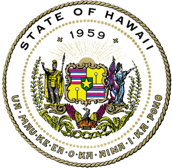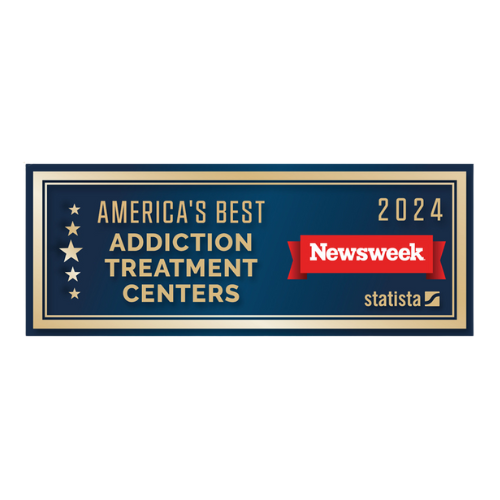Bipolar II is one of four types of Bipolar Disorder, an often-debilitating but generally manageable mental disorder experienced by thousands of people nationwide.
You’ve likely heard of bipolar disorder before. Recent studies estimate that about 2.8 percent of the American population ages 18 and older, almost a million individuals, struggle with bipolar in a given year.
You most likely have a significant misunderstanding of the disorder, though. For example, did you realize there are four different categories of bipolar disorder? It’s common to say someone is “acting bipolar” when they experience a sudden mood swing but that only scratches the surface of living with the disorder.
Bipolar II is one of the four types of bipolar disorder. Are you wondering whether you or someone you know has the disorder? Continue reading to learn more about bipolar, how it impacts the lives of those who live with it, and how to go about managing it properly.
What is Bipolar Disorder?
Bipolar disorder, or manic-depressive disorder, is a mental disorder characterized by dramatic shifts in mood and energy levels. These mood shifts
often impact the person’s ability to perform daily tasks in order
to function at their full capacity.
There are two main periods of mood that define bipolar disorder: manic episodes and depressive episodes. During a manic episode, the person experiences an elated mood and excessive amounts of energy. These manic episodes are followed by a depressive episode where the individual will feel incredibly sad, hopeless, and often lethargic.
People in the midst of a manic episode usually have difficulties sleeping
and often find they can complete a multitude of tasks during this time. When the following depressive episode hits, though, many have difficulties
completing even the most basic tasks. The drive and energy levels required to manage day-to-day life are often not there.
What Are the Differences Between Types of Bipolar?
Again, there are four different types of bipolar disorder, categorized by
the length of time their manic and depressive episodes last. The categorization of their disorder also depends on how long they’ve experienced symptoms for and how severe their symptoms are.
- Bipolar I Disorder: Someone with Bipolar I has manic episodes that last a minimum of seven days and some experience symptoms severe enough to require a hospital stay. Additionally, their following
depressive episodes last at least two weeks. Some people with Bipolar I also have “mixed episodes” where they have both manic and depressive symptoms. - Bipolar II Disorder: Those diagnosed with Bipolar II disorder also experience lengthy manic and depressive episodes but do not have symptoms severe enough to warrant hospitalization.
- Cyclothymic Disorder: Individuals with cyclothymic
disorder experience manic and depressive episodes for some period of time, with the pattern of episodes lasting at least two years. Their symptoms
do not meet the full requirements to qualify as having Bipolar I or Bipolar II Disorder, though. - Other Specified and Unspecified Bipolar Disorder: People with this diagnosis experience manic and depressive episodes but these episodes are not severe enough to fit one of the above categorizations.
Living With Bipolar II Disorder
Individuals with Bipolar II experience daily struggles much like their Bipolar I counterparts. They can cause excessive damage due to impulsive or
drastic decisions they make during a manic episode, sometimes with lasting consequences.
Additionally, they may find themselves more likely to place themselves in
risky or dangerous situations during a manic episode. This is caused by a
feeling of invincibility or that they can handle more than they are capable of in reality.
Following their manic episode, the depressive episode is often made worse
by having to deal with the fallout created while over-energized. Some find it nearly impossible to even get out of bed, much less going to work, taking care of personal hygiene, or even eating.
During a manic episode, individuals with Bipolar II often find themselves
unable to fall asleep. They may stay up late into the night taking on any
number of tasks like cleaning, reading, playing video games, or learning new skills.
This directly contrasts the lethargy experienced during their depressive episodes. They sleep for noticeably longer periods of time and some may find that these marathons of sleep are still not enough to combat the exhaustion.
How to Manage Life With Bipolar II
Though the symptoms sound overwhelming, there are ways to minimize or, in
some cases, eliminate symptoms of Bipolar II. Though their symptoms usually are not completely removed, their severity can be significantly decreased.
Various medications exist to treat individuals with Bipolar, such as anticonvulsants, antipsychotics, and some antidepressant prescriptions. Common brand names include Abilify, Latuda, Seroquel, and Lamictal.
Medications are beneficial in relieving some symptoms but combining them with counseling or therapy is the most helpful approach. In certain cases, attending a treatment center like Hawaii Island Recovery can prove to be an effective solution.
You are not alone! If you’re interested in learning more about how to manage you or your loved one’s Bipolar II or other type of Bipolar Disorder, reach out to our admissions office. Call: 877-721-3556
A qualified staff member can help you decide whether treatment will be a helpful way to learn to live with Bipolar.
Photo credit: Designed by Freepik
 Hawaii Island Recovery
Hawaii Island Recovery 






